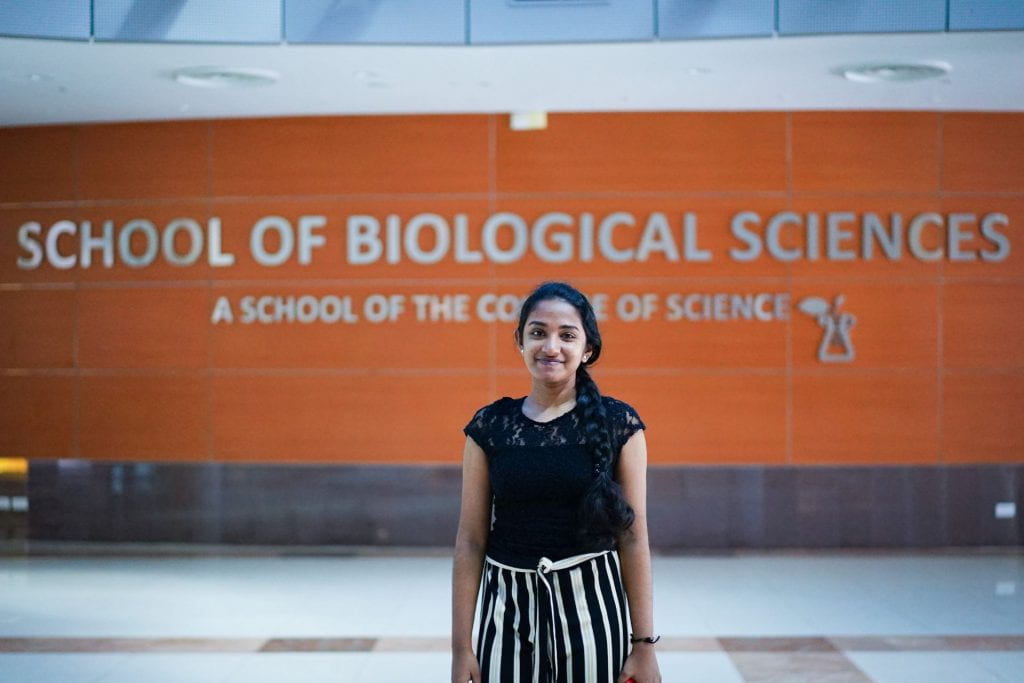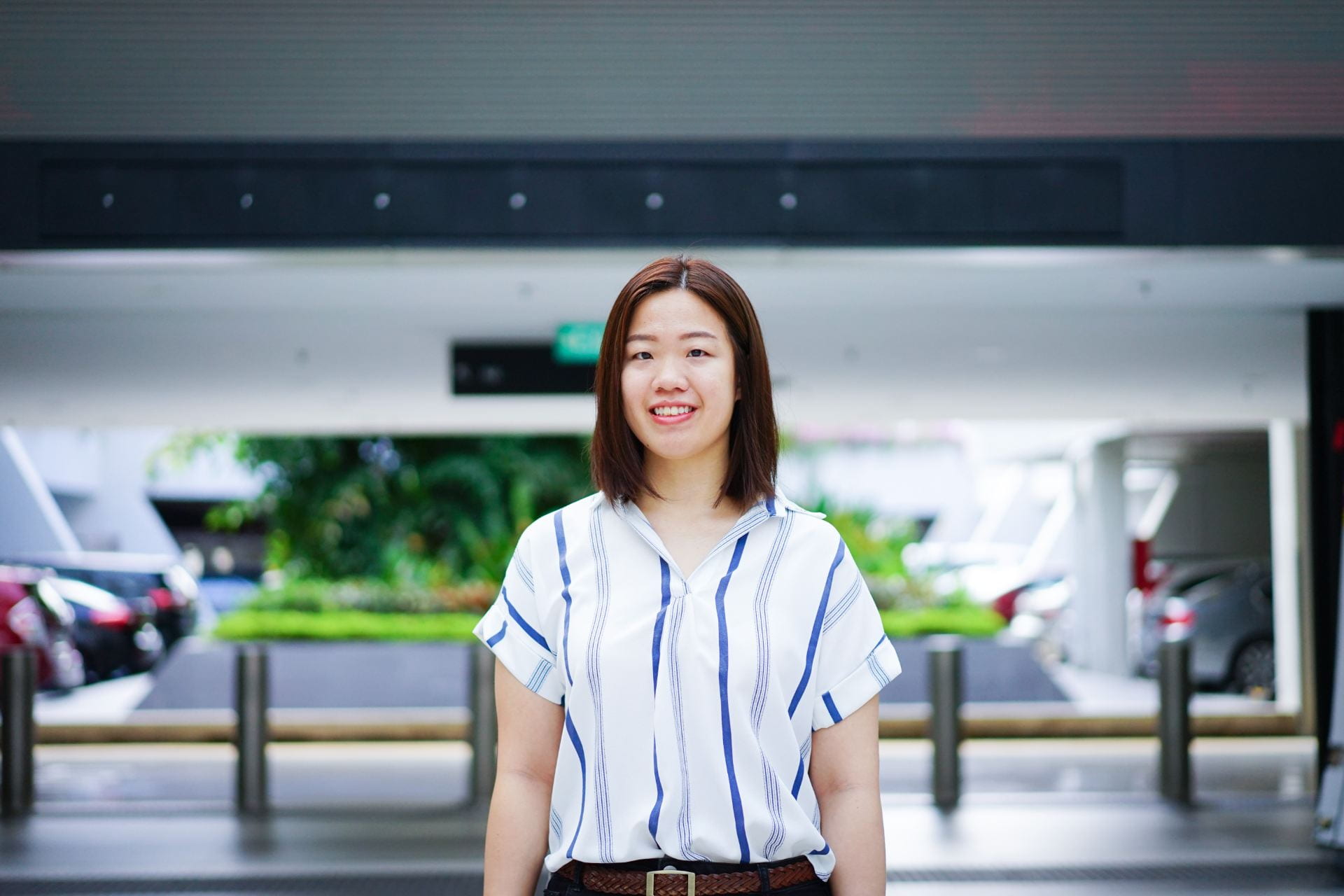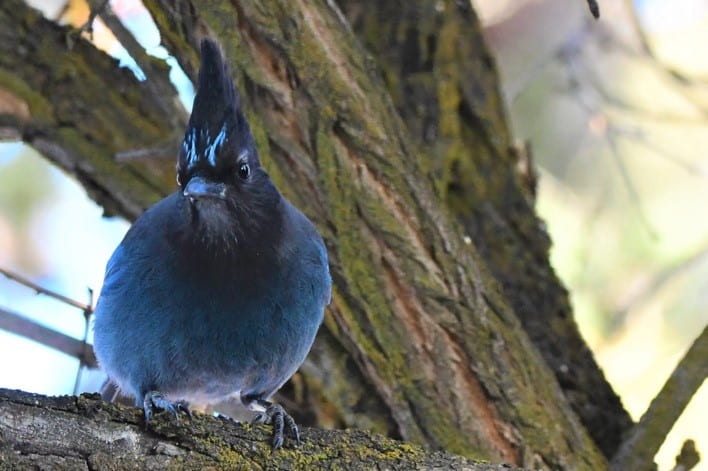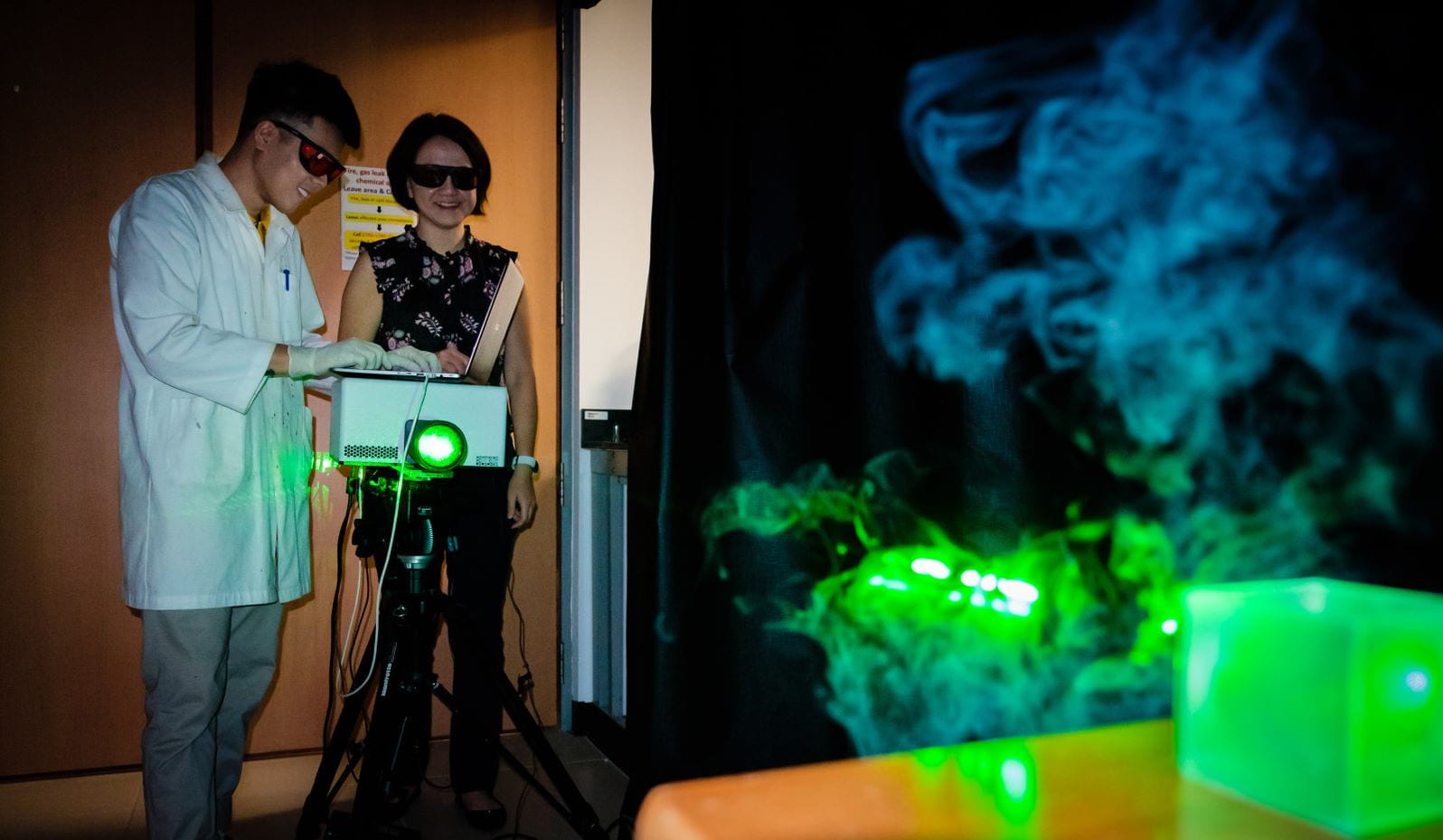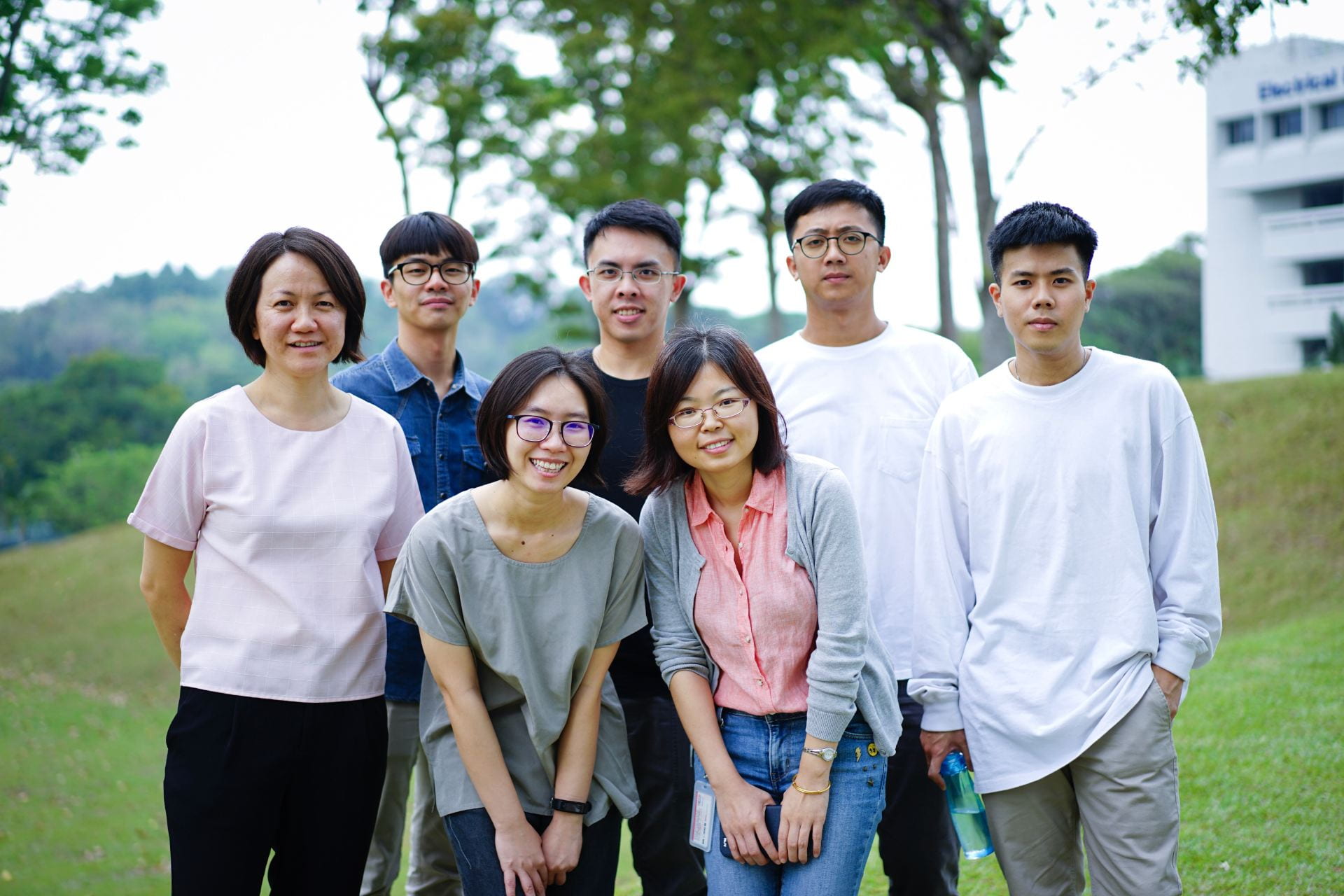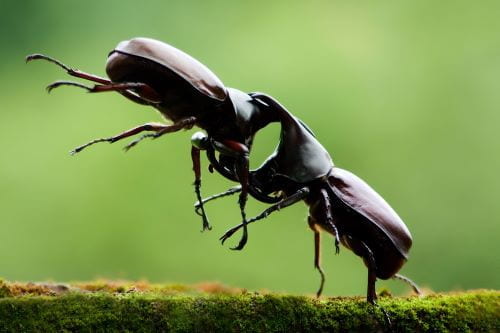In second place of the CoS Science Communication Writing Competition is Wong Minn Lin from the Asian School of the Environment! She wrote about “Lessons in climate change, learned from the past.” Congratulations, Minn Lin!
Science Communication Writing Competition: Merit Prize winner Devika Menon (SBS)
And the third winner of the Merit Prize in the CoS Science Communication Writing Competition, Devika Menon from the School of Biological Sciences! She wrote about “L-P Polymerase Inhibitors- The Possible Doom Of Pneumonia.” Congratulations, Devika!
Science Communication Writing Competition: Merit Prize winner Soon Kit Ying (ASE)
The inaugural CoS Science Communication Writing Competition was held from 11 Nov 2019 to 10 Jan 2020. We received many submissions, and a panel of judges consisting of faculty from CoS judged the entries and shortlisted the winners! First up, winner of the Merit Prize, Soon Kit Ying from the Asian School of the Environment! She wrote about “Reflecting on Our Sea Level – The Use of GNSS-Interferometric Reflectometry to Study Sea-level Trends.” Congratulations, Kit Ying!
Forest fragmentation hits wildlife hardest in the tropics
Human development, land conversion, fire and storms are causing the forests worldwide to become increasingly fragmented, to the degree that 70% of the Earth’s remaining forest is within 1 kilometre of a forest edge today. The world’s most intact forest landscapes are found in the tropics, but fragmentation of tropical forests is predicted to accelerate over the next decades.
New technology for identifying airborne chemicals instantly
Scientists at Nanyang Technological University, Singapore (NTU Singapore) have developed a device that can identify a wide range of airborne gases and chemicals instantly. The new prototype device is portable and suitable for rapid deployment by agencies to identify airborne hazards, such as from tiny gas molecules like sulphur dioxide.
NUS High school students do project on control of germination in tropical fruits with the Asian School of the Environment
The Science Mentorship Program allows groups of high school students to do small research projects at universities in Singapore. Harini Manivannan, Hong Ying Ying and Wai Yan Aung from NUS High School of Math and Science took the opportunity to do a study with the Asian School of the Environment.
Emerging opportunities in SERS: analyte manipulation and hybrid materials
Scientists in NTU have identified promising strategies to improve surface-enhanced Raman scattering (SERS), namely via analyte manipulation and creating hybrid SERS platforms. Headed by Ling Xing Yi at NTU’s School of Physical and Mathematical Sciences, the group has shown that these two techniques are emerging strategies to address limitations found in traditional SERS platforms. These findings were reported in November 2018 in the journal Chemical Society Reviews.
Meet WorldSkills Singapore gold medalist, Ng Zi Xuan!
Ng Zi Xuan, currently a fourth year Chemistry and Biological Chemistry (CBC) undergraduate in the School of Physical and Mathematical Sciences (SPMS), won the Gold medal in Chemical Laboratory Technology at WorldSkills Singapore 2018. She went on to represent Singapore in the WorldSkills Competition in Kazan, Russia in August 2019. We spent some time with Zi Xuan where she generously shared her WorldSkills experience.
Resilience to environmental change depends on mating strategy in Borneo dung beetles – new study by ASE Asst Prof Eleanor Slade
A Curious DNA Structure and its Potential Applications
DNA, the molecule responsible for storing genetic information, consists of two strands of nucleotide bases coiling around each other. On these strands, different arrangements of the four sub-molecules known as “nucleotide bases” (labelled A, T, G and C) form sequences called genes. Read more


